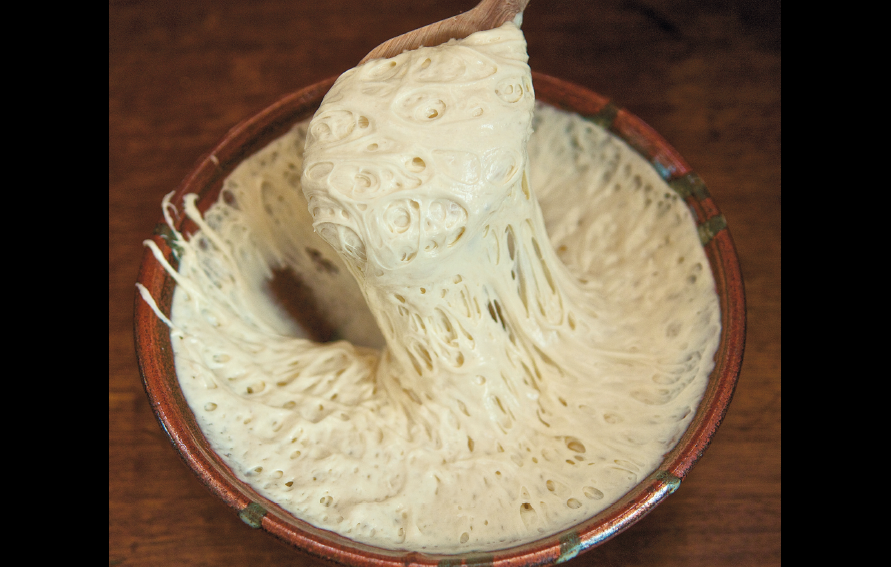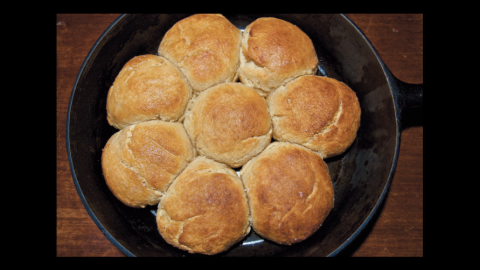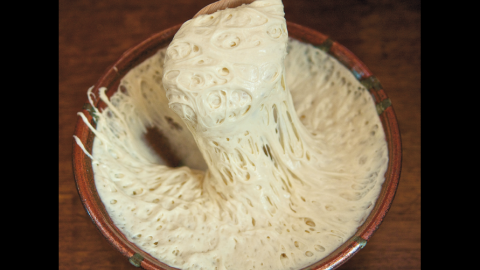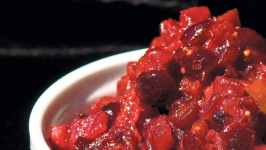Ingredients
- 1 clean glass 1-quart jar
- 1 cup water
- 1 1/2 cups unbleached flour
Instructions
Mix water and flour in the glass jar. Leave open to the air for six–eight hours. Then cover lightly. Within hours the microscopic community starts working, breaking the starches into sugars, the proteins into gluten, and giving off the byproducts: carbon dioxide (same gas as in soda and beer), alcohol and lactic and acetic acids.
All you have to do now is feed it. Daily, for two weeks, add another cup of water and 1½ cups of flour, then stir. After three days the mixture will start bubbling–with life! You'll have to throw some away to keep it from foaming out of the jar. Keep the jar covered loosely with plastic wrap and a rubber band, so gases can escape. Careful: A tight lid will result in gas pressure buildup.
Also watch out: At this stage someone doing the dishes might try to clean up your starter. Label it with warnings: "Live Active Starter, DO NOT DESTROY!"
By feeding daily for two weeks you select for very active microbes that prefer a less acid environment. You now have a good, active starter that is ready to use. Your starter can now be refrigerated in between uses and fed as little as once a week, left out 24 hours to revive. I've heard stories of Alaskan starters keeping for 100 years in the chink of an old cabin. If you don't use the starter regularly, just dump most out and use the remainder to inoculate a fresh feed of flour and water.










